Week 7: Cartesian Coordinates
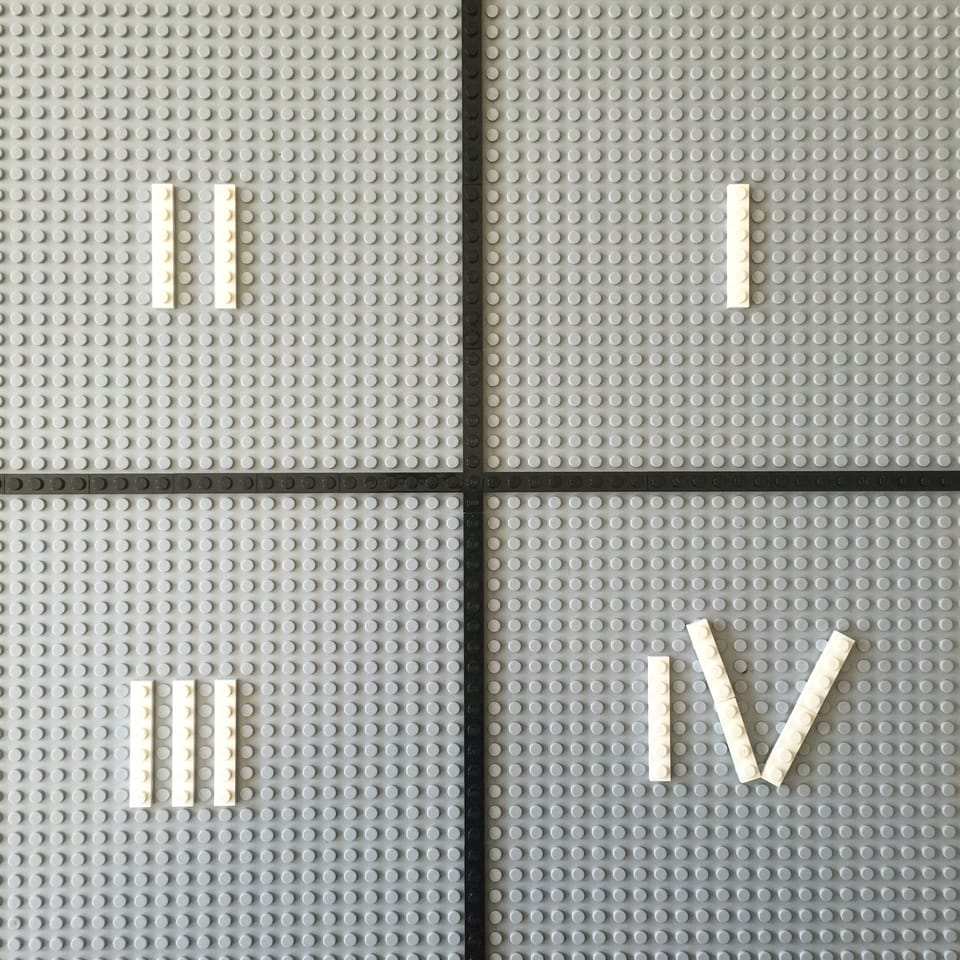
This week learners can get hands on with plotting. I encourage learners to investigate the history behind the Cartesian Coordinates (it’s interesting – I was just reading about it in Infinite Powers by Steven Strogatz).
The idea is to plot with D&D figures, chalk, legos, or watercolors. Make art out of plots! This is a great activity for pre-algebra and algebra students. Younger students can learn as well but can focus more on finding ordered pairs (x,y). Below are four activities for plotting:
Activity 1: Hit the monster (game it up!)
- Use a gridded mat (like what is used in D&D), large graph paper or overhead projector
- Draw Axes on the grid and define the quadrants and scale
- Place or Draw monsters throughout the plane
- Have students devise functions that can hit/intersect monsters
- This can be timed or not timed
- Students can work in teams
- This can be a D&D math mission if you are gamifying your lessons
- If there is only one or two learners then smaller graph paper can be used
Activity 2: Cartesian Lego
- Decapitate as many minifigures as possible for this activity (other round 1×1 pieces will work as well.
- My students used a large gray sheet and black flats for the cartesian coordinates
- Make plots of various functions and then see if others can “name that function”

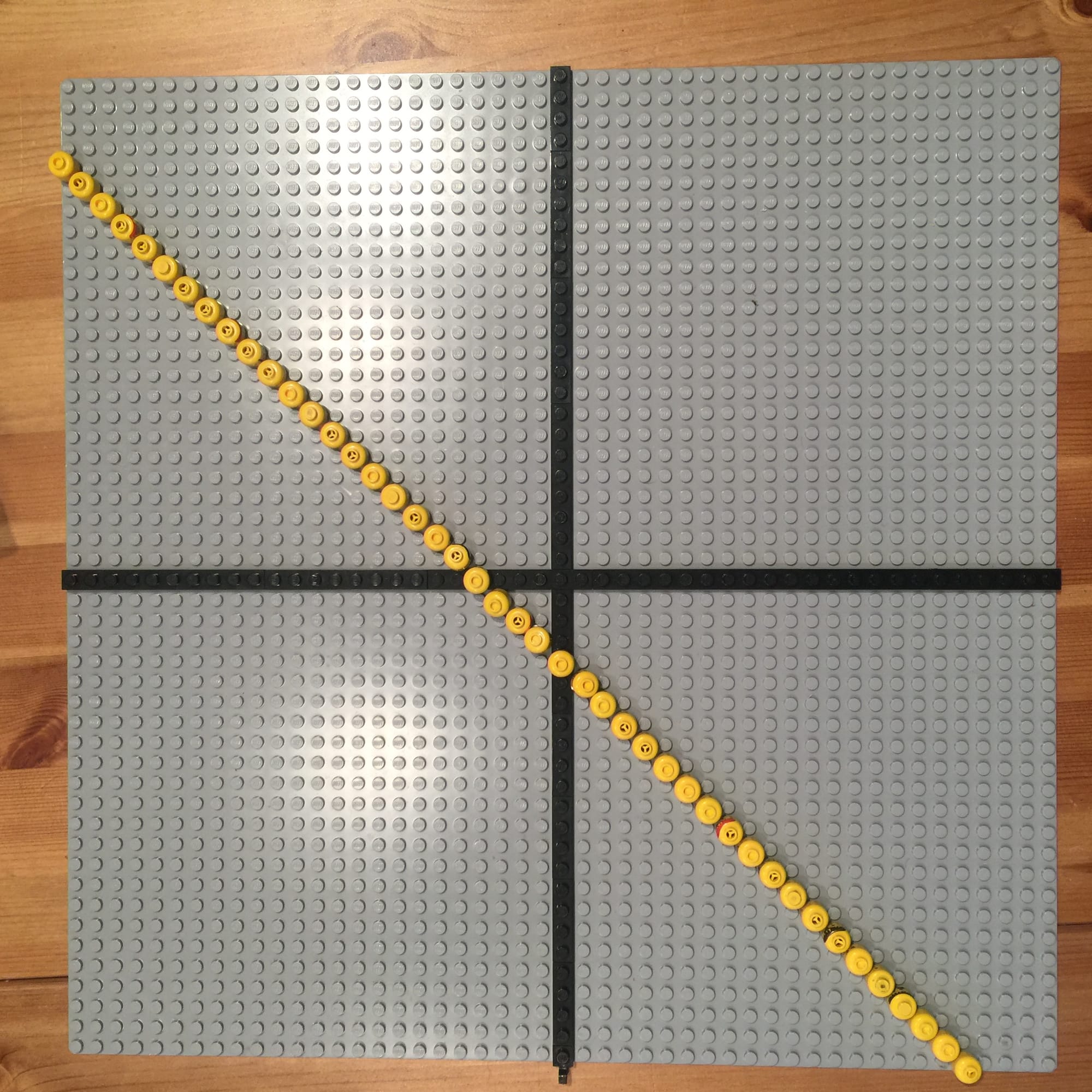
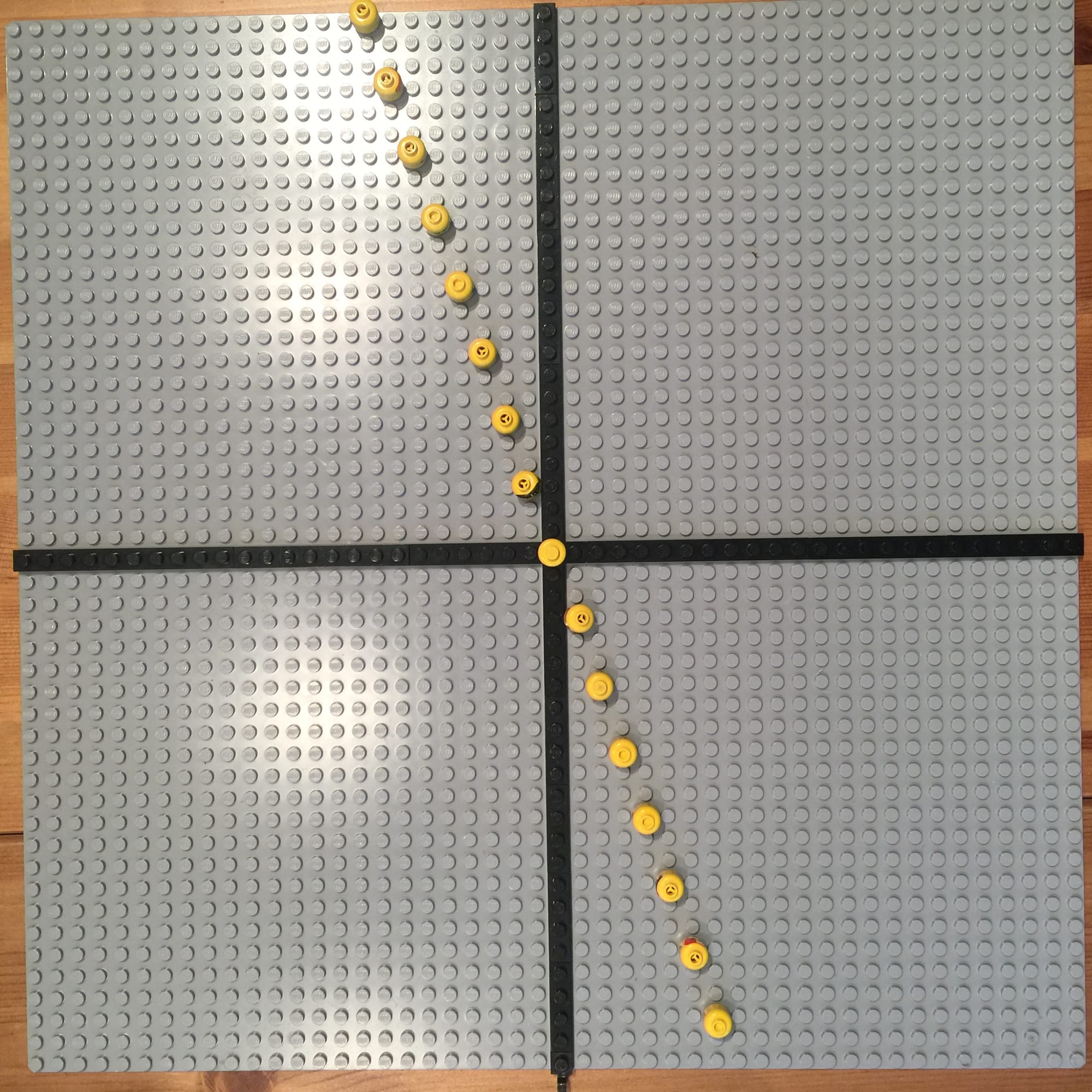
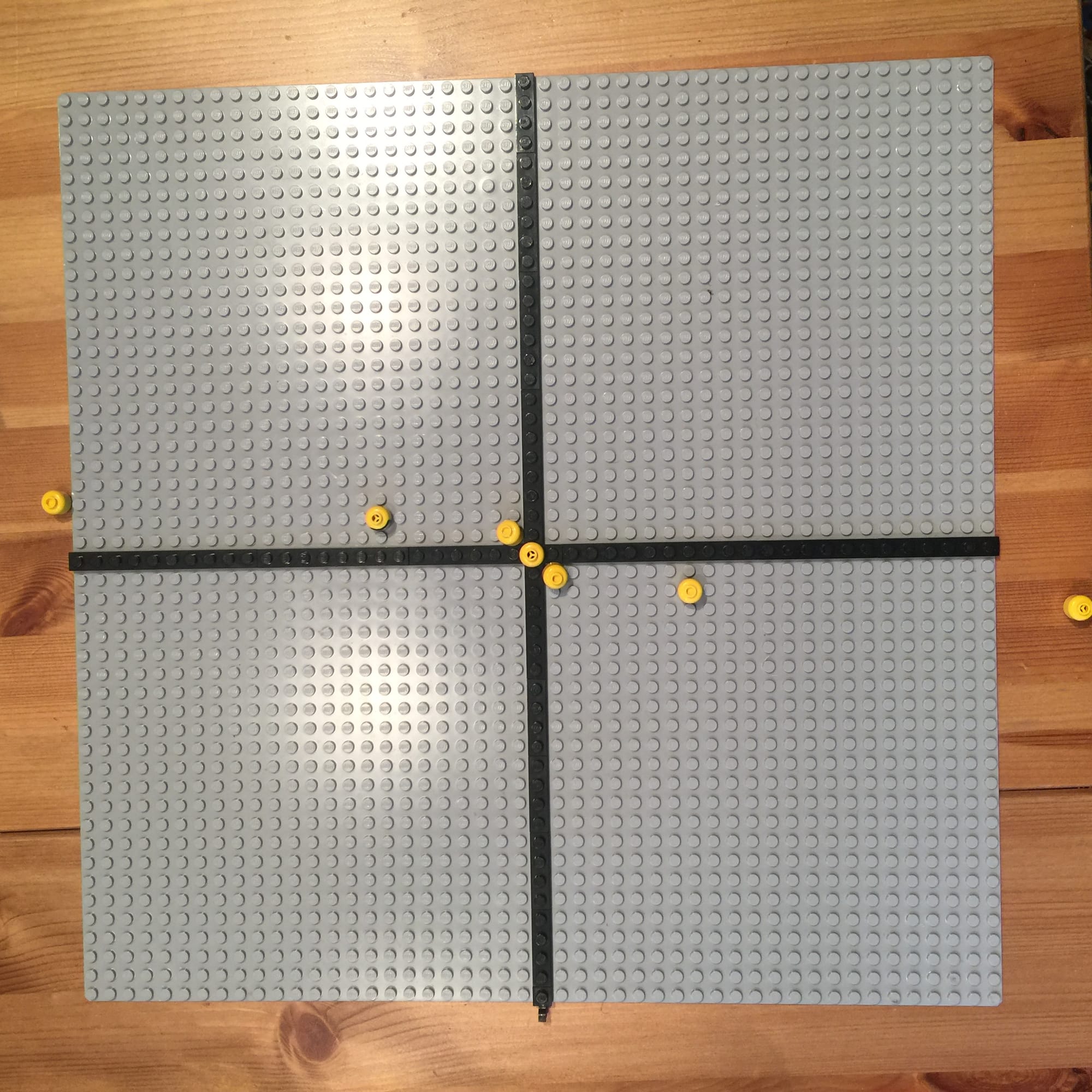
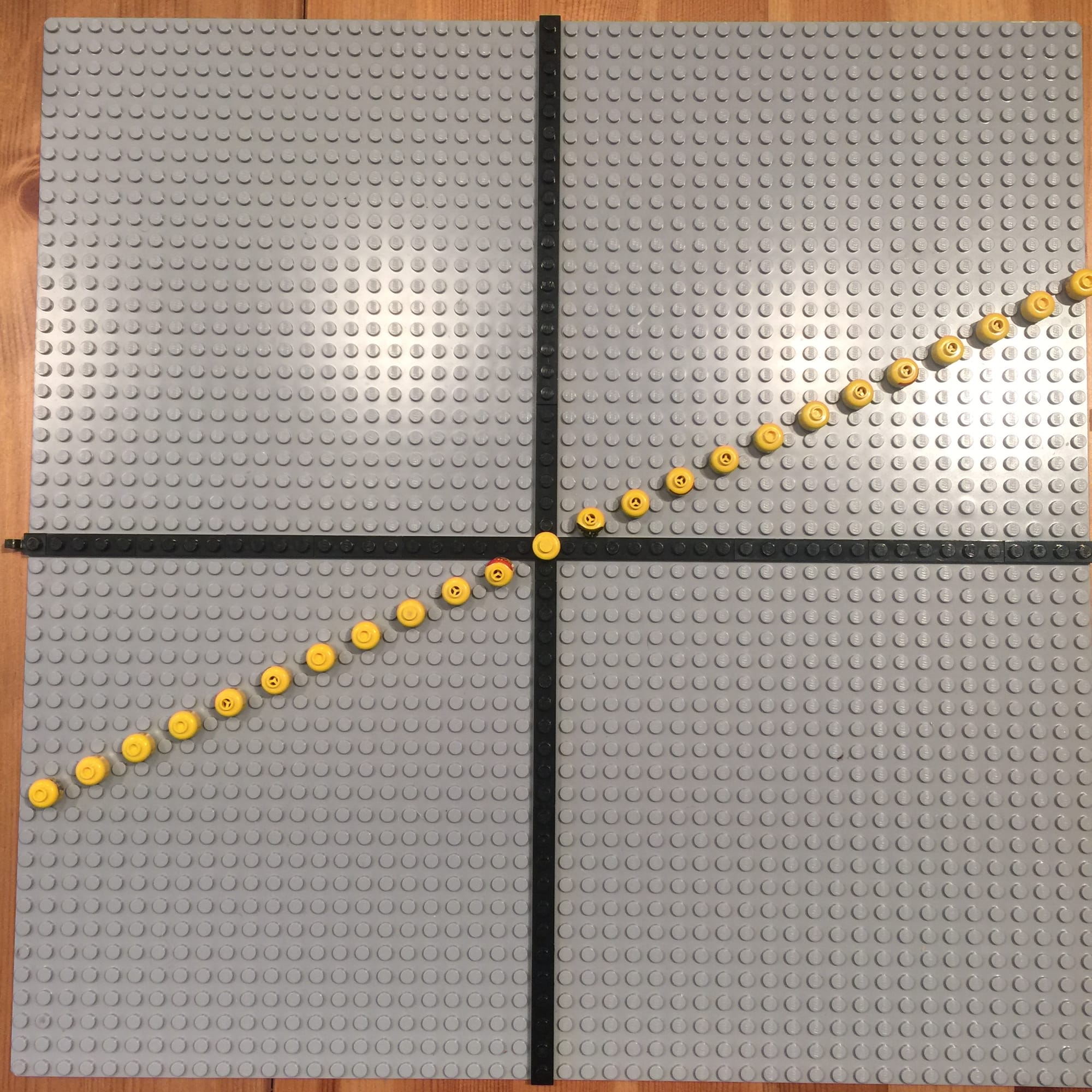
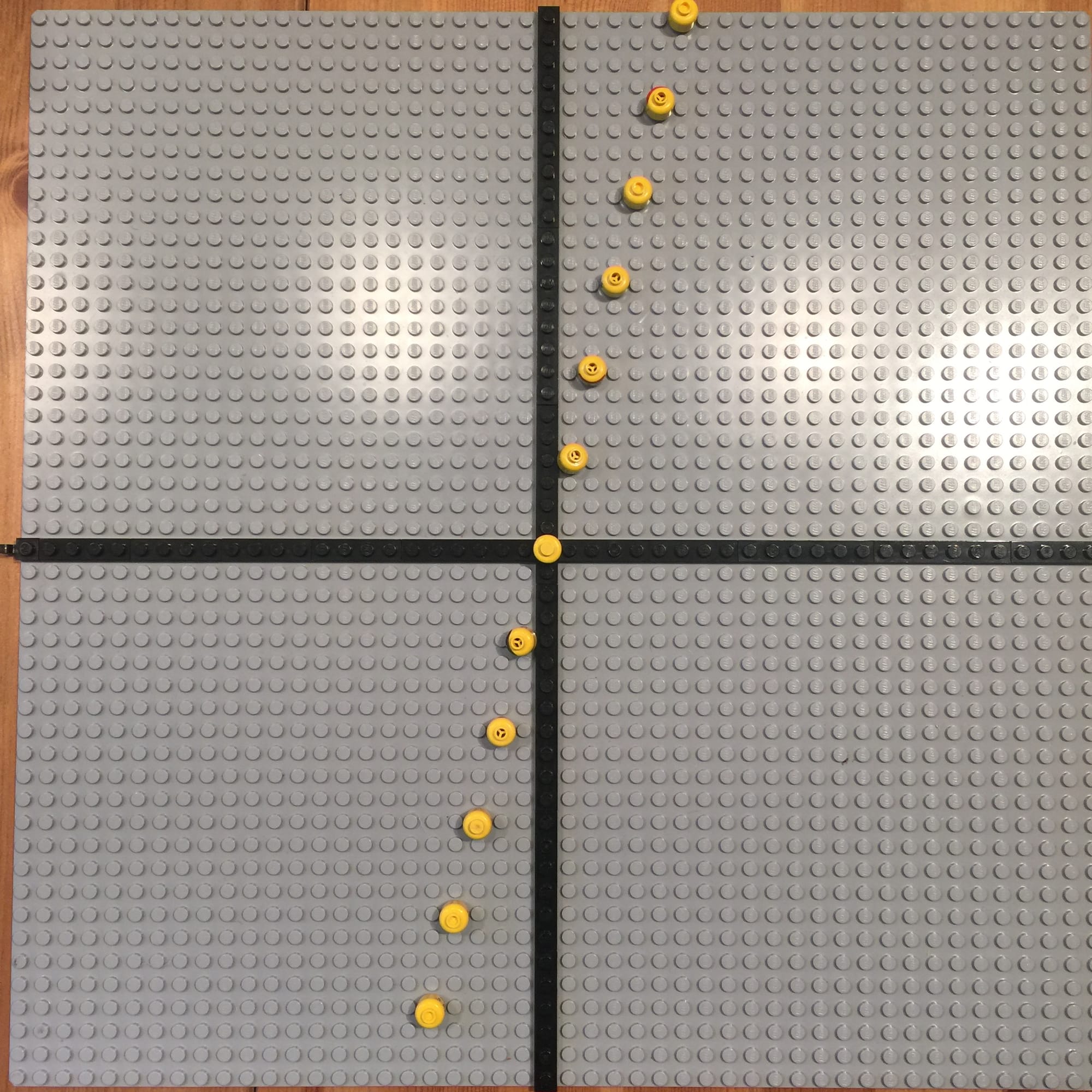
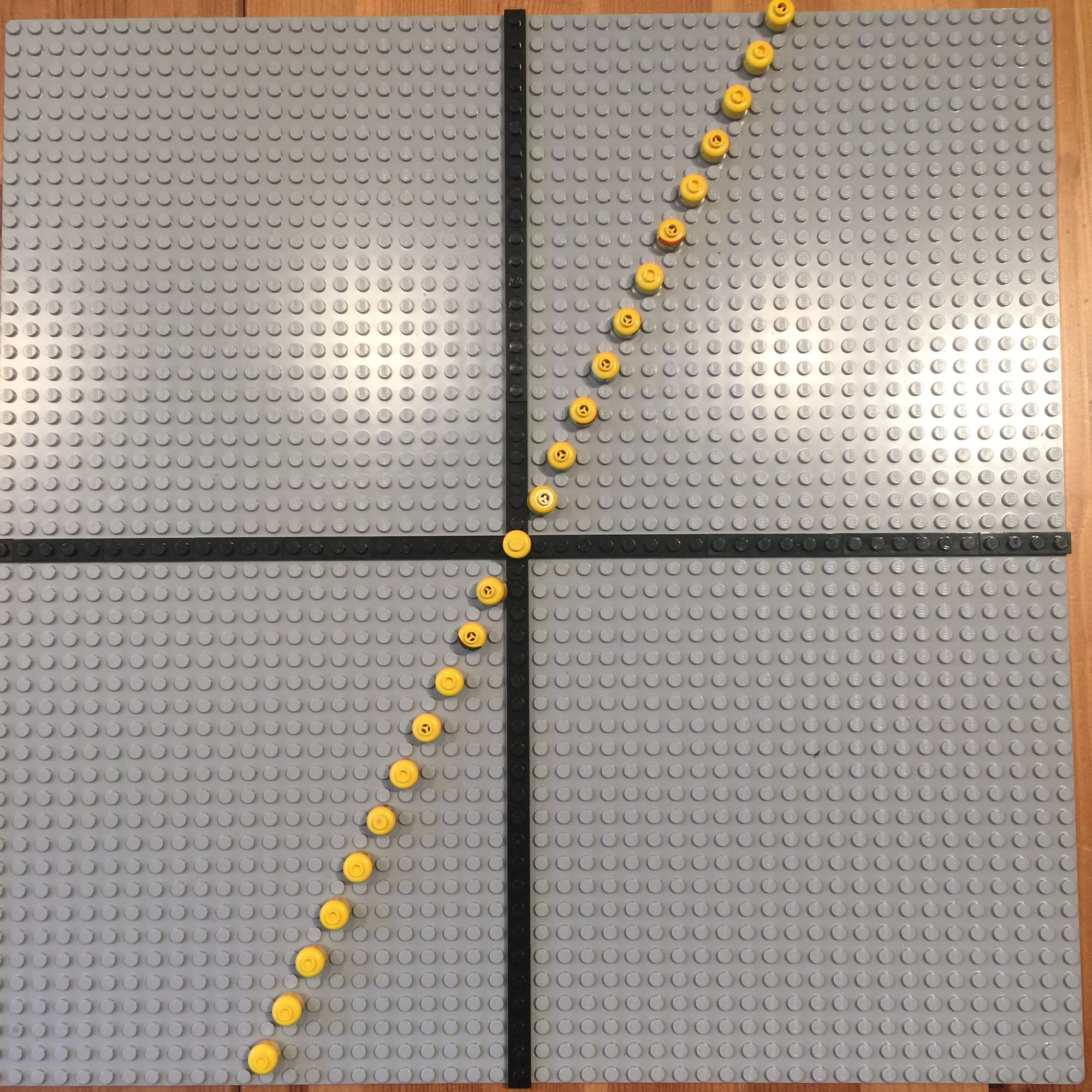
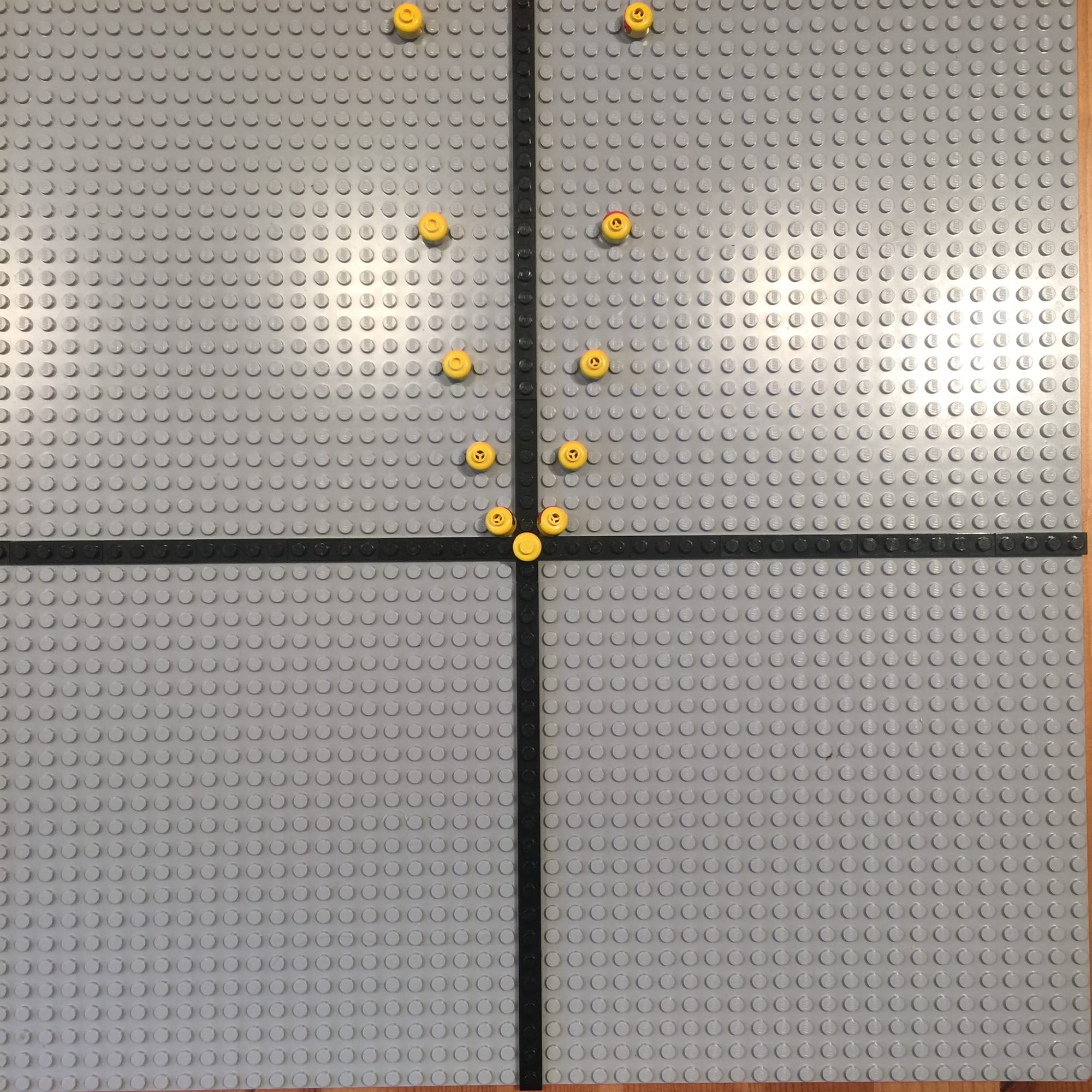
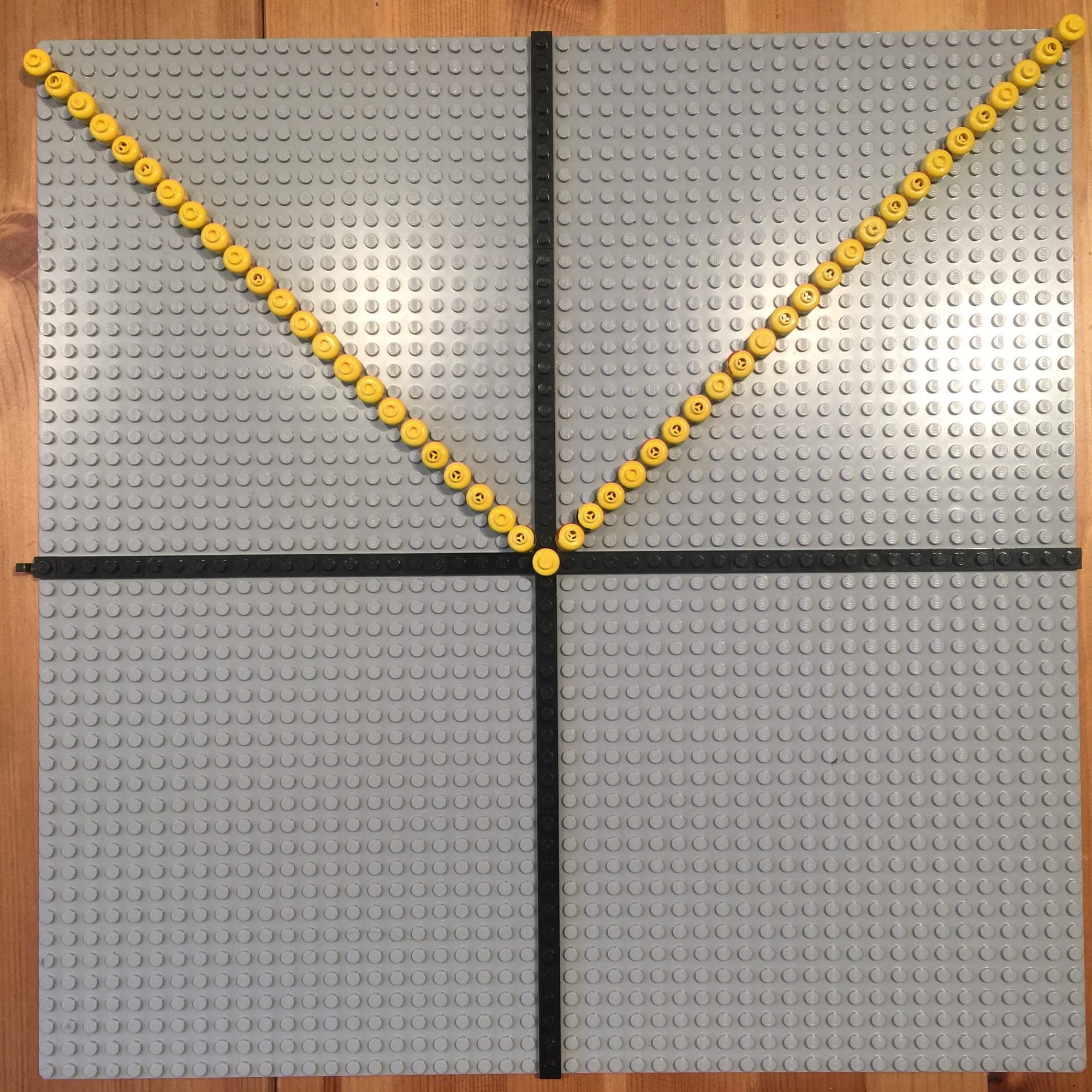
Activity 3: Watercolors (or other art media)
Create plot families using watercolor flash cards
- add characters, color, and comics
- label the backs with the family the plot belongs to.
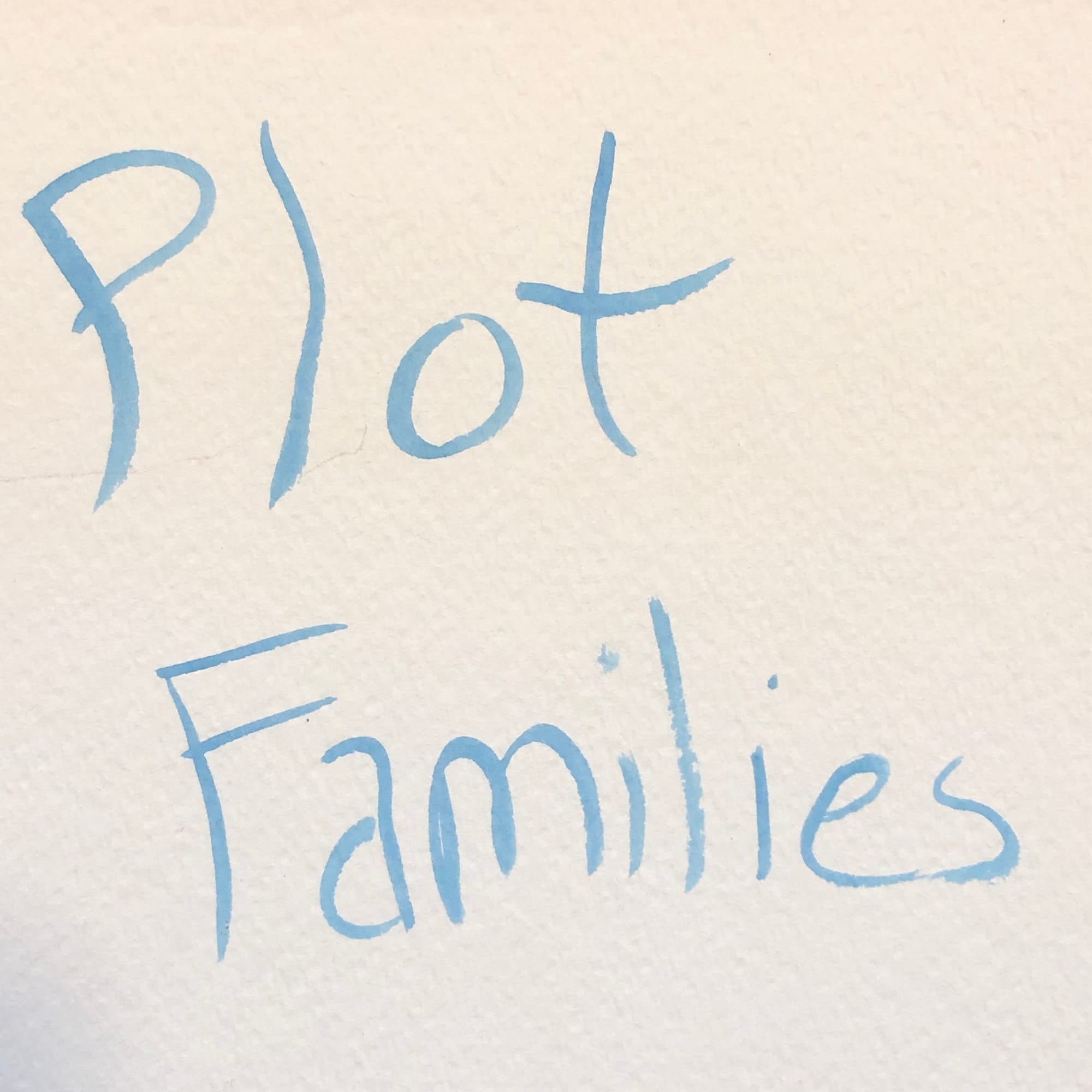
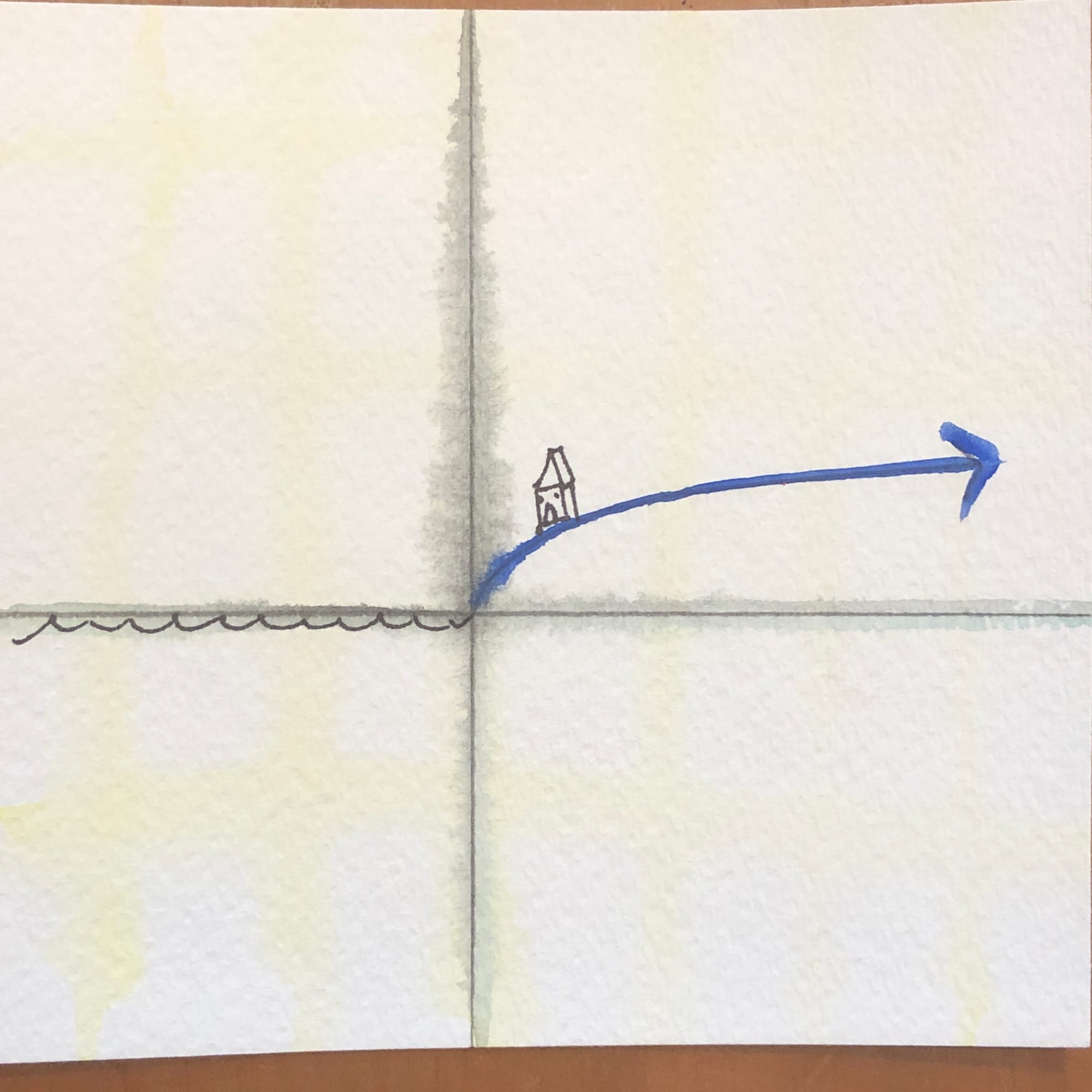
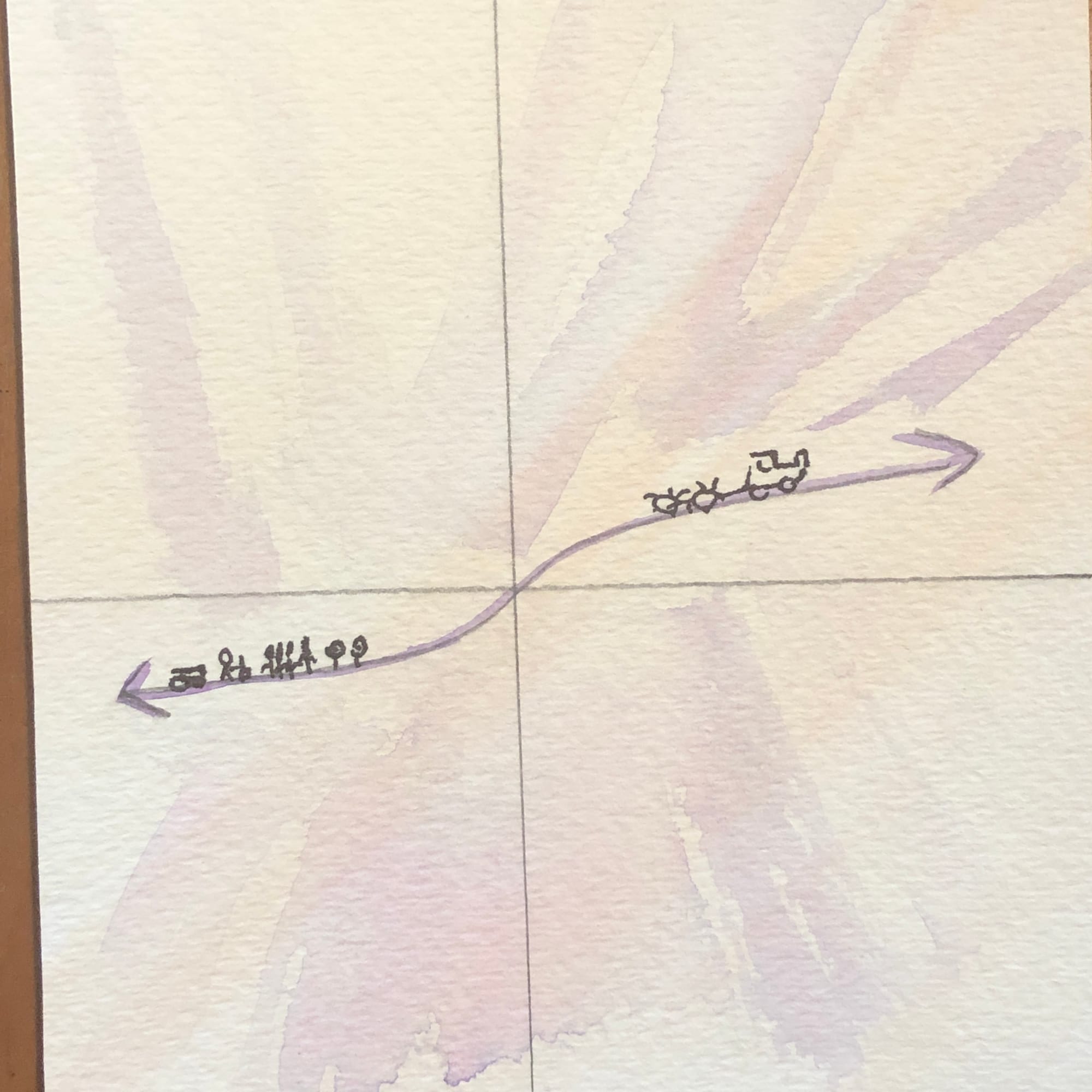
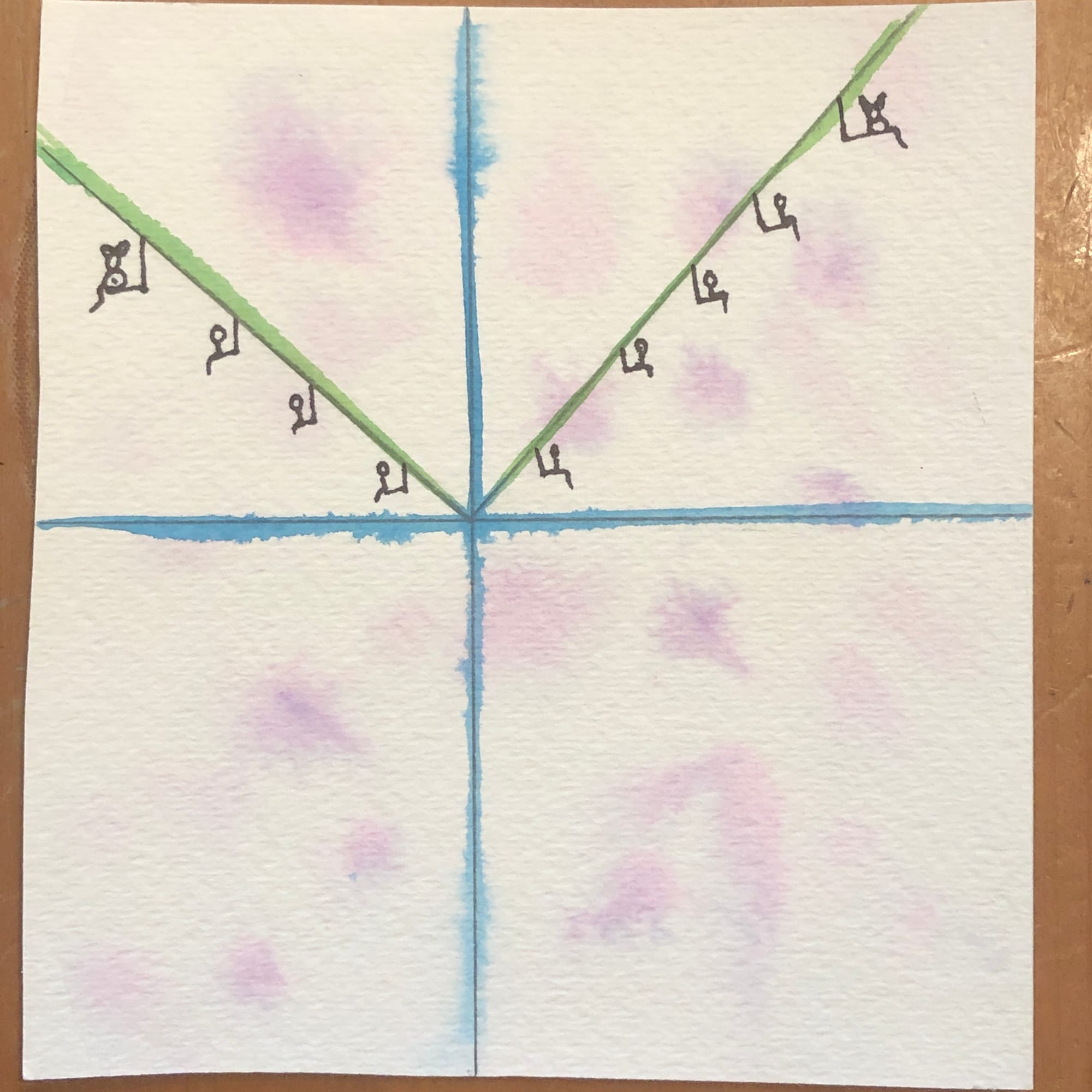
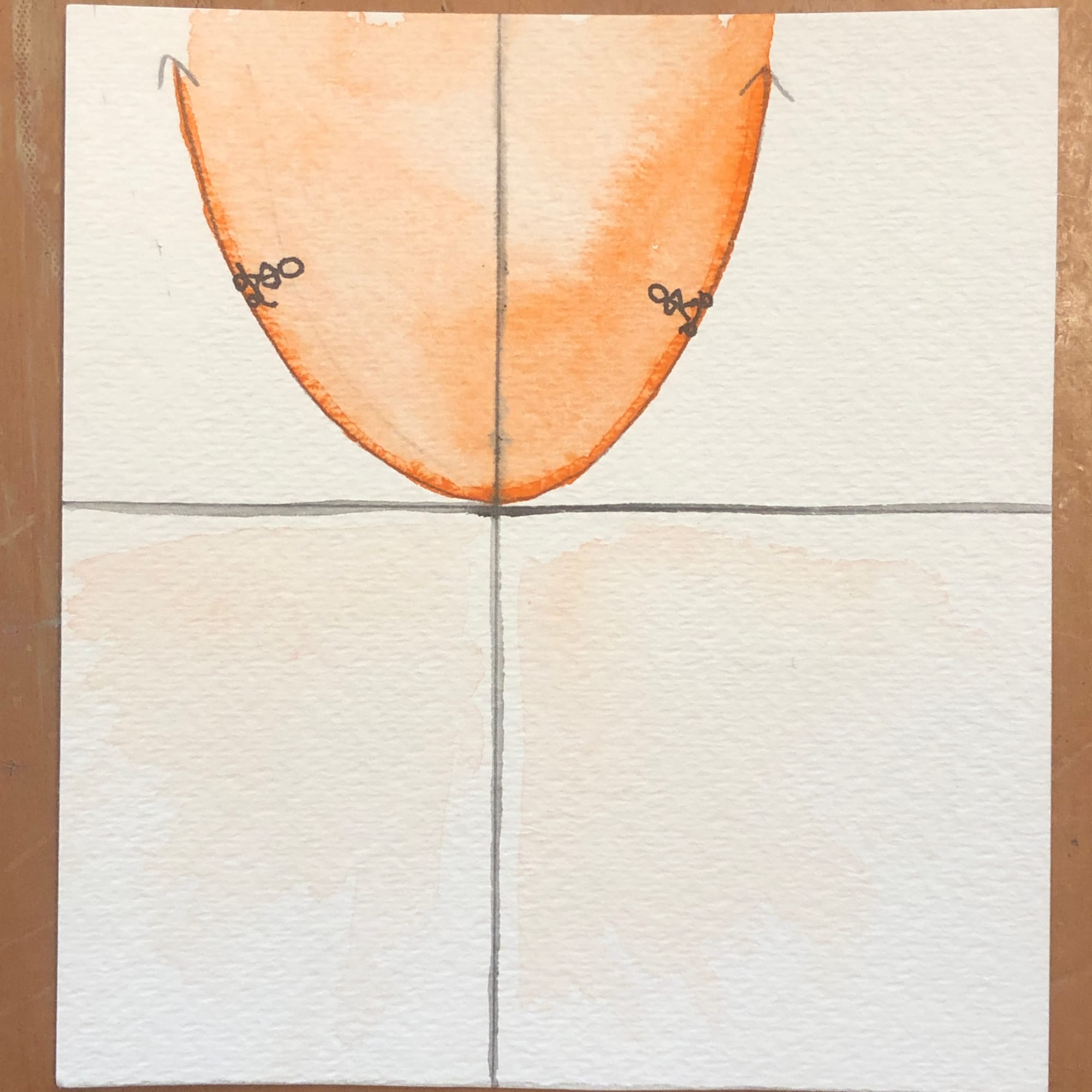
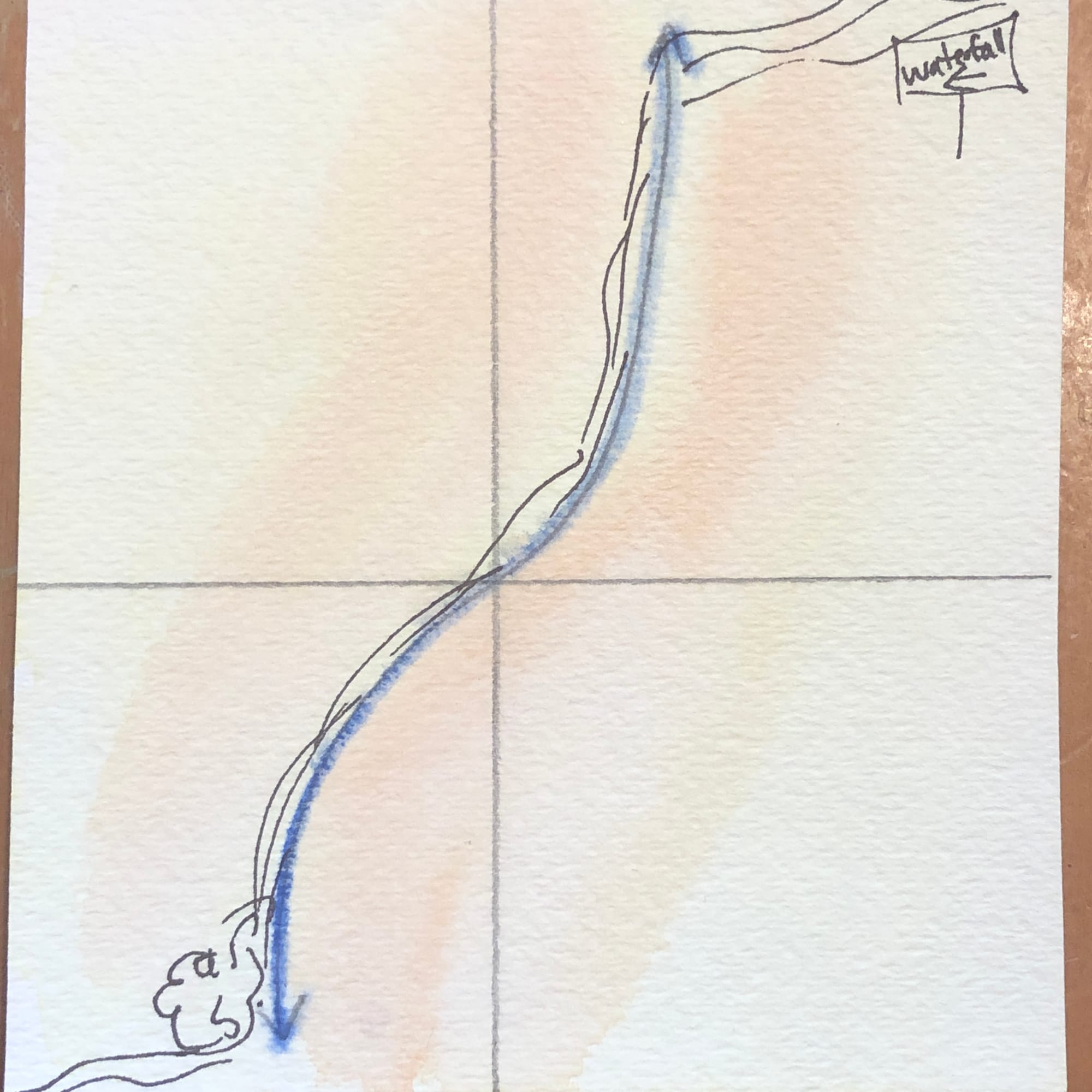
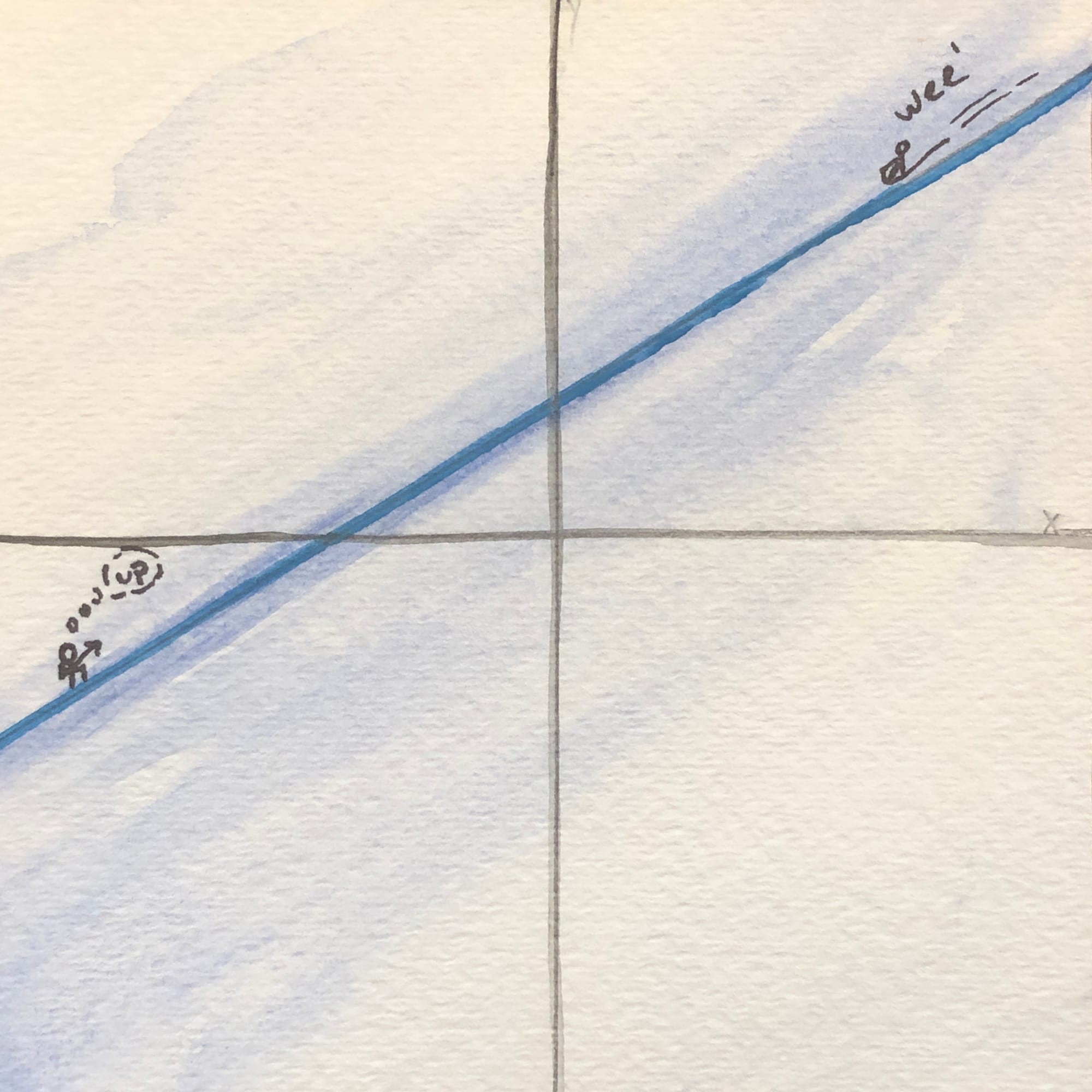
Activity 4: Plotting in a large room
- With masking tape in a large room you can make a grid
- Have students plot functions with beanbags or rope
- Students can toss a beanbag and then try to figure out the coordinates
- This can work at an outdoor park if you can grid off an area without creating a tripping hazard


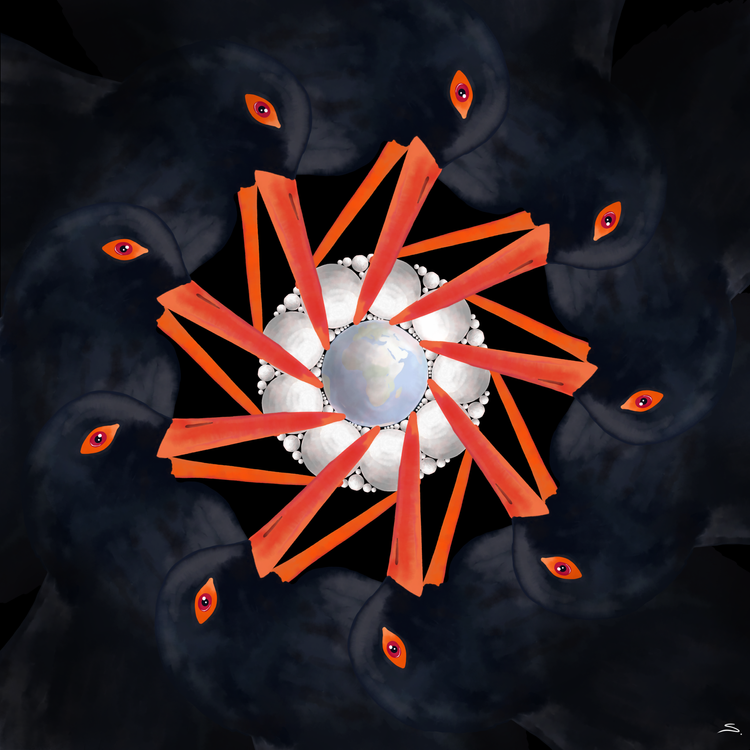
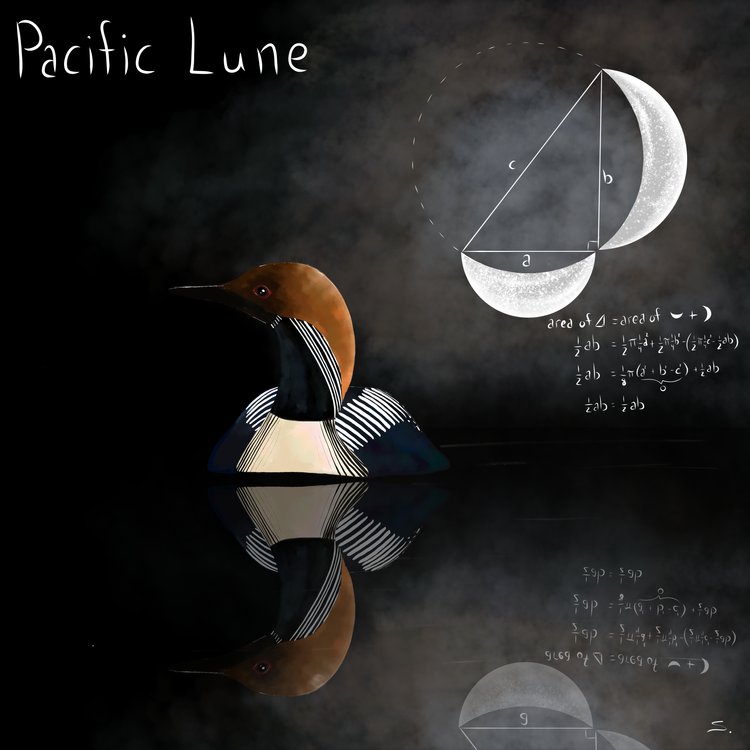

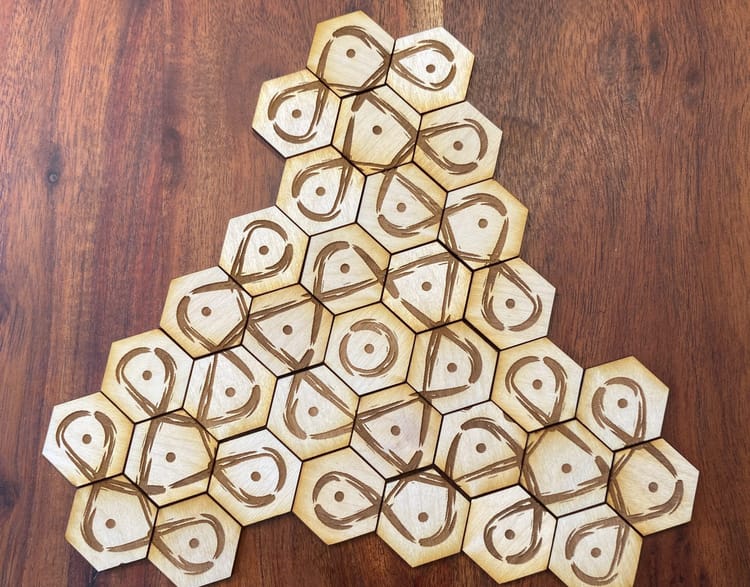
Member discussion